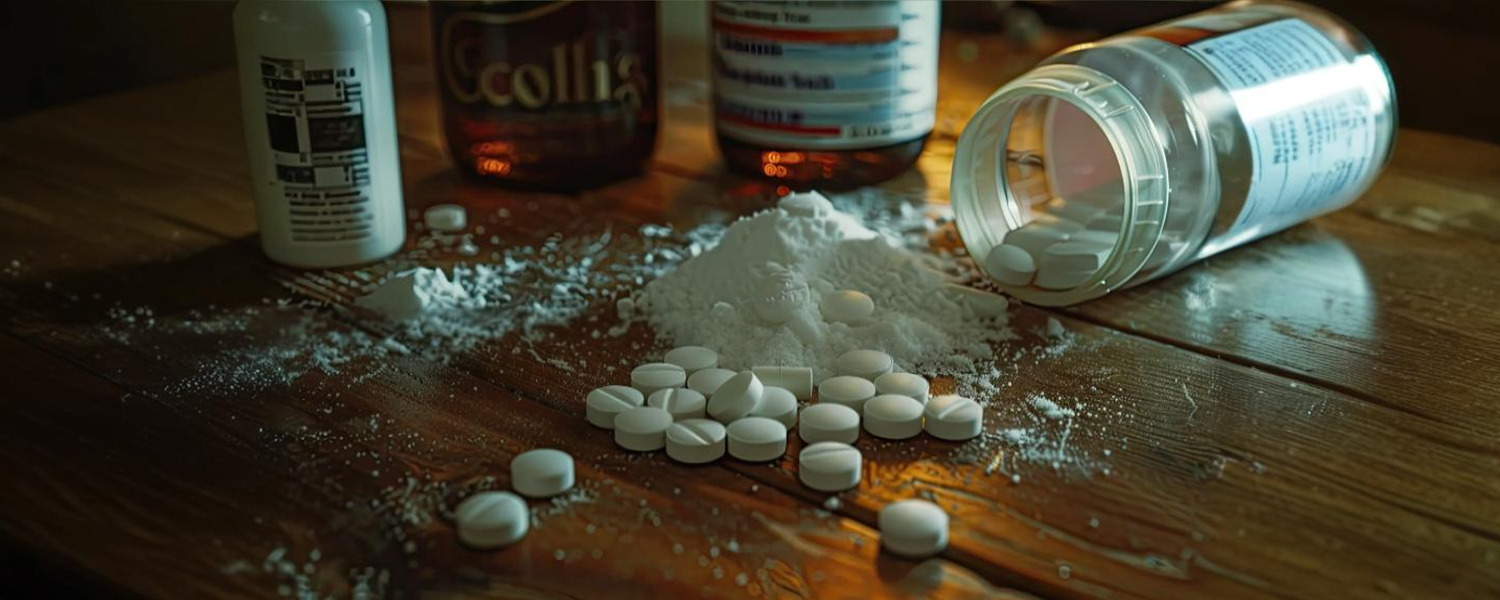Weekly Mass Torts Bulletin 2024-February-11
Paraquat Trials Scheduled for October 2025 & April 2026

A U.S. District Judge overseeing thousands of federal Paraquat lawsuits has ordered the preparation of six cases for potential bellwether trials, with the first two scheduled to begin on October 14, 2025, and April 6, 2026.
Allegations in the lawsuits
These lawsuits allege that exposure to the toxic weedkiller Paraquat caused users to develop Parkinson’s disease, and that manufacturers, including Syngenta and Chevron, failed to warn the public about the risks.
Paraquat was originally developed in the 1950s by Imperial Chemical Industries (ICI) and marketed under the name Gramoxone in the 1960s. Over the years, Syngenta and Chevron have sold Paraquat under different brand names. However, agricultural workers and others exposed to the herbicide claim that the companies continued promoting it despite knowing of its potential link to Parkinson’s disease.
Currently, more than 5,800 product liability lawsuits have been filed in federal courts, centralized in a multidistrict litigation (MDL) under a U.S. District Judge in the Southern District of Illinois since June 2021. These cases share common allegations regarding Paraquat’s safety and the manufacturers' failure to disclose health risks.
To assess how juries might respond to the evidence and testimony, the court is proceeding with a bellwether process, where a small group of representative cases will be tried first. The goal is to provide insight into potential jury verdicts, which could influence settlement negotiations for the broader litigation.
Delays and Selection of New Bellwether Cases
The bellwether trial process experienced setbacks last year when the first batch of selected cases was dismissed after the judge excluded plaintiffs’ expert witness testimony. In August 2024, the court selected 10 new bellwether candidates, fast-tracking them for trial. Over the past six months, both plaintiffs and defendants have conducted case-specific discovery on six of these lawsuits and submitted competing proposals regarding how they should proceed.
On January 23, 2025, the judge issued a court order confirming that full case-specific discovery would continue for all six bellwether cases, with two trials moving forward later this year. Three of these cases will be part of the first trial group on October 14, 2025, while the remaining three will be eligible for the second bellwether trial on April 6, 2026.
The court also established deadlines for the trials, with summary judgment and Daubert briefings due by August 15, 2025 for the first case. The judge will announce a hearing date for these motions in a future order.
Potential Impact of Bellwether Trials
Although the outcomes of these bellwether trials will not directly determine the results of other Paraquat lawsuits, they are expected to heavily influence potential settlement amounts. If juries rule in favor of the plaintiffs, Syngenta and Chevron may face pressure to negotiate Paraquat settlements to avoid having thousands of individual claims remanded to federal courts nationwide for separate trials.
As the litigation progresses, these bellwether cases will serve as a critical indicator of the potential liability facing Paraquat manufacturers and the future direction of the lawsuits.
Purdue, Sacklers Agree to $7.4B Opioid Settlement

Purdue Pharma and its owners, the Sackler family, have agreed to a $7.4 billion settlement to resolve thousands of lawsuits accusing the company of fueling the U.S. opioid addiction crisis through its marketing of OxyContin.
Settlement comes after nearly 7 months
This settlement comes nearly seven months after the U.S. Supreme Court blocked Purdue’s previous attempt to resolve the lawsuits through a bankruptcy plan. The earlier proposal would have granted the Sacklers broad civil immunity from opioid-related claims in exchange for a $6 billion payment. However, the Court ruled that because the Sacklers had not personally declared bankruptcy, they were not entitled to the same legal protections designed for bankrupt debtors.
Sackler & Purdue to contribute $6.5 billion and $900 million
Under the new agreement, the Sackler family will contribute $6.5 billion, with Purdue adding $900 million. Unlike the previous deal, this settlement does not entirely shield the Sacklers from future lawsuits. States, local governments, and individual victims who choose not to join the settlement may still pursue legal action against the family, though the Sacklers have stated they will vigorously defend themselves in court.
The settlement was negotiated by 15 states, including New York, California, Connecticut, Oregon, Texas, Florida, and West Virginia. Other states will be given the opportunity to join, and a U.S. bankruptcy judge must approve the agreement before it becomes final.
Connecticut’s Attorney General described the settlement as an important step toward justice for opioid crisis victims, emphasizing that while financial compensation is significant, “there is not enough money in the world to make it right.”
Impact of the Settlement
The opioid epidemic has caused over 700,000 overdose deaths in the U.S. over the past two decades. This agreement aims to provide funds for prevention, treatment, and recovery efforts while also compensating those affected by the crisis.
As part of the settlement, between $800 million and $850 million will be allocated to individual victims of opioid addiction. The remaining funds will be distributed to state and local governments to support opioid abatement programs. Purdue has confirmed that it is working to incorporate this settlement into a new bankruptcy plan.
Purdue's statement
In a statement, Purdue Pharma expressed satisfaction with the deal, stating: "We are extremely pleased that a new agreement has been reached that will deliver billions of dollars to compensate victims, abate the opioid crisis, and provide treatment and overdose rescue medicines that will save lives."
Purdue’s Role in the Opioid Epidemic
Purdue is one of several drug manufacturers, distributors, and pharmacy operators that have collectively agreed to pay around $50 billion in recent years to settle lawsuits accusing them of contributing to the opioid crisis.
Facing thousands of lawsuits, Purdue Pharma filed for bankruptcy in 2019. The lawsuits alleged that the company and the Sackler family used deceptive marketing tactics to promote OxyContin, downplaying its addictive properties and fueling widespread misuse.
Purdue previously pleaded guilty to misbranding and fraud charges related to OxyContin’s marketing in 2007 and 2020. While the Sackler family has denied any wrongdoing, they have expressed "regret" over the drug’s role in the crisis.
UGA College of Pharmacy Gets $1M+ to Fight Opioid Crisis

Faculty from the University of Georgia’s College of Pharmacy have been awarded a nearly $1.2 million grant from the Georgia Opioid Crisis Abatement Trust to address the opioid epidemic in rural Georgia.
The initiative aims to empower community pharmacists
This two-year initiative aims to empower community pharmacists with essential training, resources, and support to combat opioid misuse, reduce stigma, and establish vital support networks for individuals at risk of overdose.
Alarming situation in Georgia
The project’s lead investigator and a lecturer in the Department of Clinical and Administrative Pharmacy, highlighted the devastating impact of the opioid crisis, noting that over 650,000 Americans have died from opioid-related overdoses since 2000. In Georgia, the situation is particularly alarming. Between 2019 and 2021, the state experienced a 56% increase in drug overdose deaths, making overdoses the leading cause of death among young Georgians. Fentanyl-related deaths surged by 218% during the same period. A potent synthetic opioid, fentanyl is widely used for pain management but is increasingly being produced illegally, making it one of the leading causes of overdose deaths.
Project is a savior for the community
To address this crisis, the project will collaborate with at least 50 rural community pharmacists, providing them with specialized training and financial support to distribute naloxone—a life-saving medication that can rapidly reverse opioid overdoses. Additionally, the initiative will focus on educating patients and their families about substance use, harm-reduction strategies, and available treatment options while connecting them to local support services.
Benefits of the program
The Georgia Pharmacy Association CEO, a project collaborator, emphasized the crucial role of pharmacists in this initiative. “Community pharmacists can be catalysts for change. Through education and outreach, they can empower individuals struggling with addiction and their families by increasing awareness, promoting harm-reduction strategies, and linking them to critical resources. This program has the potential to transform patient care across the state.”
Other professionals involved in the initiative
The project also includes contributions from a postdoctoral researcher and a professor from the College of Pharmacy. Together, the team aims to create a sustainable framework for opioid crisis intervention in Georgia’s rural communities.

